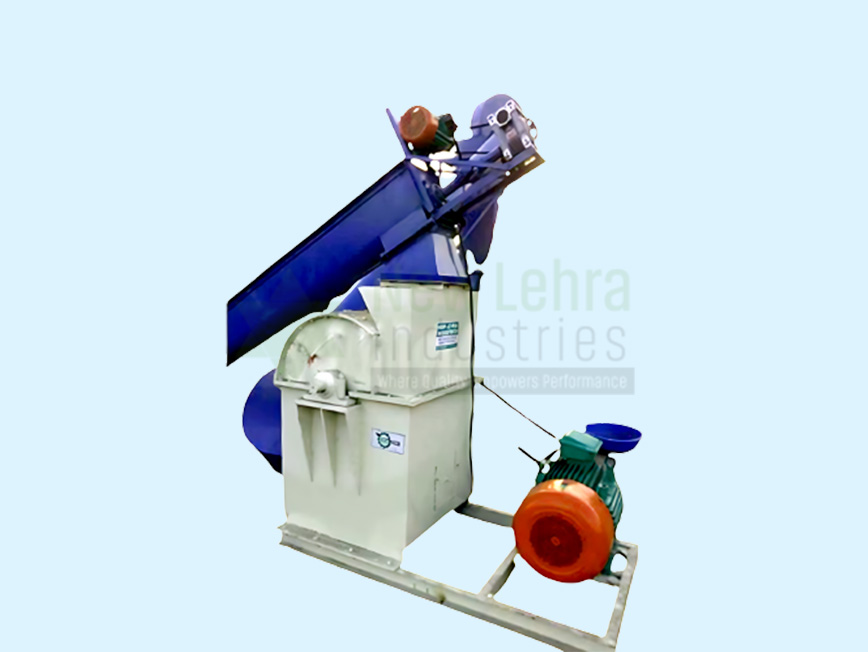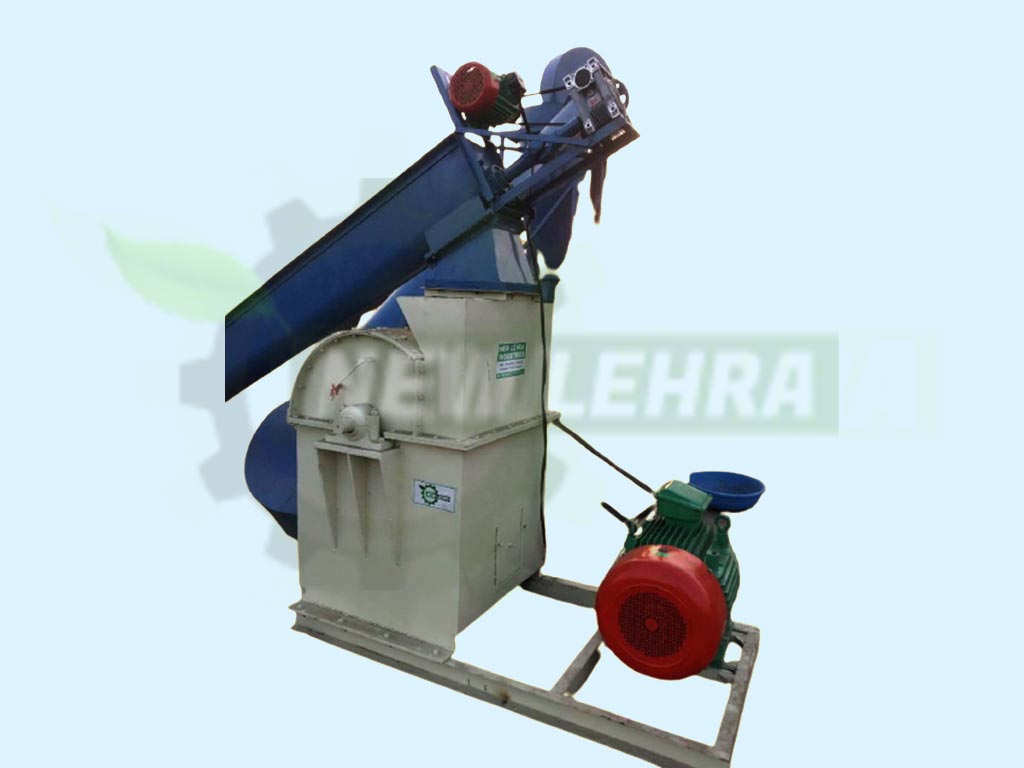5 Tips for Maximizing the Efficiency and Performance of Your Hammer Mill Grinder
Introduction
Hammer mills serve numerous purposes in both the industrial and agricultural sectors. They are frequently used to reduce the size of materials before further processing. Yet there are rules and recommendations that must be adhered to if you want to get the most out of them. The best techniques for getting the most out of your hammer mill grinder are discussed in this post.
1. Choose Which Hammer Mill Grinder to Buy
Selecting an appropriate hammer mill grinder is the first step in realizing the full potential of your machine. Several sized, different-styled, and specialized hammer mills are used for different purposes. The choice of hammer mill grinder can be affected by several factors, including the type of material, the amount of moisture present, and the required particle size.
Before settling on a particular hammer mill grinder, it’s wise to do some background reading and comparison shopping. A heavy-duty hammer mill with a sizable rotor and robust engine would be an excellent choice for processing rough materials like wood or rock. On the other hand, a finer-screened, smaller hammer mill may be preferable when working with fibrous or soft materials.
2. Make That Your Hammer Mill Grinder Is Well-Maintained
You can get the most out of your hammer mill grinder and extend its useful life with regular maintenance. Reduced output, more extended periods of inactivity, and even complete equipment breakdown are all possible outcomes of neglecting maintenance. Maintaining optimum performance from your hammer mill grinder calls for regular servicing, including cleaning, checking, and oiling.
Regular cleaning of your hammer mill grinder helps keep the screen clear and your grinding operations running smoothly. Lubrication is also vital because it lessens the amount of wear and tear on moving parts caused by friction. Hammer tips and screens can wear out over time, so it’s essential to inspect them regularly.
3. Constantly Check and Fine-Tune the Grinding Settings
You can get the most out of your hammer mill grinder by keeping an eye on and tweaking its grinding settings. Grindability is affected by a number of variables, including hammer tip speed, screen size, and airflow. Keeping a close eye on these settings and making any necessary adjustments can help you achieve peak performance.
Increasing the speed of the hammer tips, for instance, can enhance grinding efficiency, but it also increases the rate of wear on the hammers and screens. Changing the screen’s aperture has a similar effect on particle size distribution but also on throughput and power consumption. Finding a sweet spot between these controls is crucial for peak efficiency.
4. Feed Material Optimization
The input rate of the material is also significant for the grinding process. Grinding efficiency can be affected by things like material uniformity, feed rate, and distribution. Maintaining uniform material distribution and utilizing constant feed rates are crucial for maximizing material feed.
Feed rates that fluctuate too much cause uneven grinding and excessive hammer and screen wear. Similar to how an imbalanced load can decrease grinding effectiveness, so can an uneven distribution of materials. Consistent feed rates and temporal distribution can be achieved with the help of a feed system customized for your use case.
5. Think About Adding Extras and Upgrades
Finally, considering modifications and extras that can make your hammer mill grinder more effective is worthwhile. Productivity, downtime, and performance can all benefit from upgrades like new screens, hammer tips, or automation systems.
One way to accomplish both goals is by employing a high-quality screen with a uniform hole design. In a similar vein, employing long-lasting hammer tips can lessen downtime between repairs and boost productivity. Grinding performance can also be optimized with the use of automation systems, which can make adjustments to the grinding parameters automatically based on in-process data.
Conclusion
If you want to get the most out of your hammer mill grinder and turn a profit, you need to make sure it is running as smoothly and effectively as possible. Optimal performance can be attained through careful selection of the appropriate grinder, regular servicing, careful monitoring and adjustment of grinding parameters, careful optimization of the feed of material, and the consideration of upgrades and additions. You may get the most out of your hammer mill grinder and increase its helpful life by following these guidelines.
To sum up, hammer mills are an invaluable piece of equipment in a wide range of sectors, but their efficacy and performance can fluctuate with respect to these parameters. You can get the most out of your hammer mill grinder by picking the perfect one, giving it regular maintenance, keeping tabs on the grinding parameters, tweaking the feed, and thinking about upgrades and extras. Investing in the time to fine-tune your hammer mill grinder will pay dividends in increased output, revenue, and prestige.


